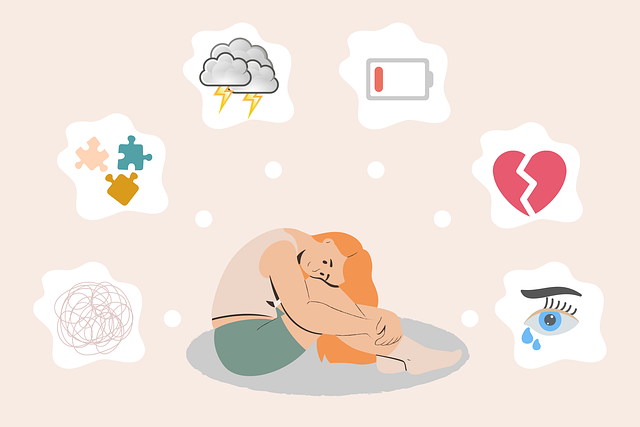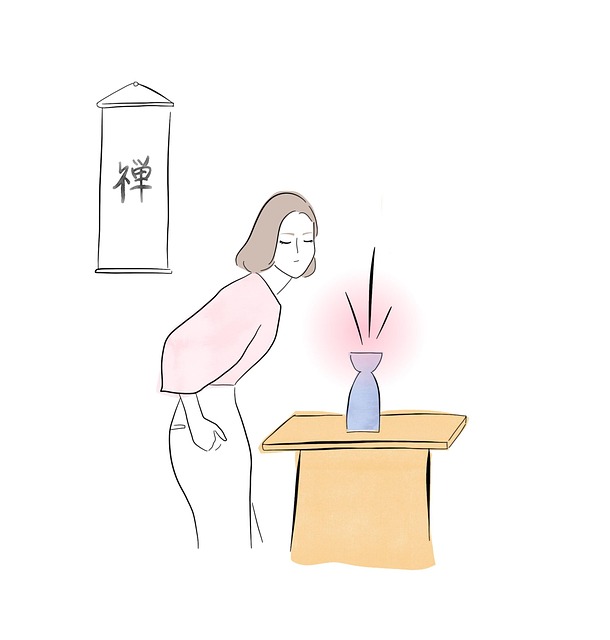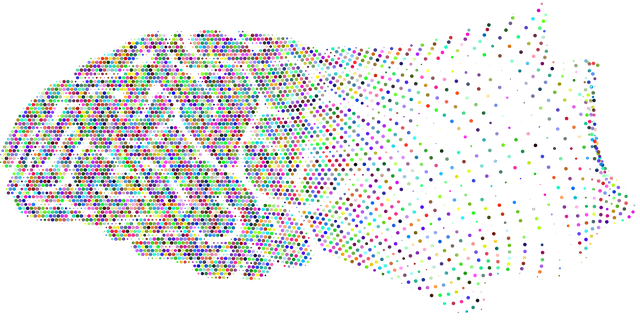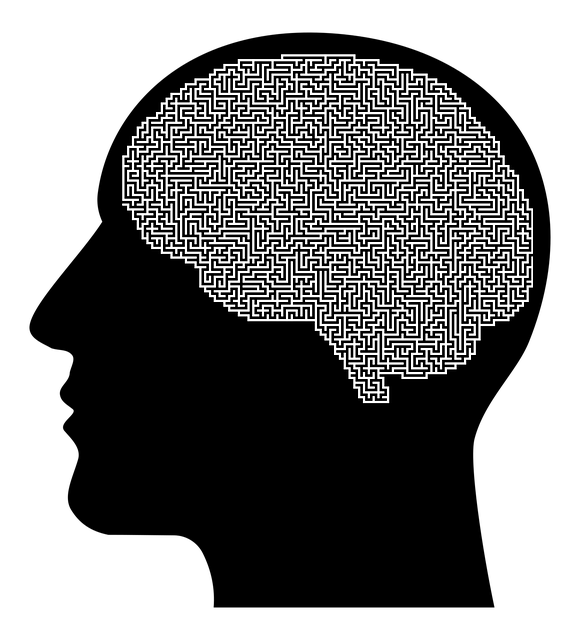Panic disorder and anxiety attacks among young adults pose significant challenges, impacting daily life and mental wellness. CBT therapy emerges as a powerful tool, helping individuals challenge negative thoughts and gain control over emotional responses. Cultural sensitivity in mental healthcare ensures interventions cater to diverse needs. Immediate support during attacks includes calming techniques, such as deep breathing and progressive muscle relaxation, coupled with non-judgmental validation. Public awareness campaigns destigmatize mental health issues, encouraging early access to CBT, which has proven effective in reducing attack frequency and intensity. A holistic approach combining therapy, support services, and public education empowers young adults to manage anxiety disorders and live fulfilling lives.
Crisis intervention strategies are vital in supporting young adults suffering from panic disorder and anxiety attacks. This article guides you through understanding these common mental health challenges, identifying effective interventions, and providing crucial support during crises. We explore evidence-based practices like Cognitive Behavioral Therapy (CBT) techniques to foster long-term management and recovery. By equipping yourself with these strategies, you’ll be better prepared to assist young adults in navigating their mental health journeys.
- Understanding Panic Disorder and Anxiety Attacks in Young Adults
- Identifying Crisis Intervention Strategies
- Providing Effective Support During a Panic Attack
- Incorporating Cognitive Behavioral Therapy (CBT) Techniques
- Encouraging Long-term Management and Recovery
Understanding Panic Disorder and Anxiety Attacks in Young Adults

Panic disorder and anxiety attacks are common mental health challenges among young adults, significantly impacting their daily lives and overall mental wellness. These disorders often manifest as sudden and intense periods of fear or distress, characterized by symptoms like rapid heartbeat, sweating, and a feeling of impending doom. For young adults, managing these episodes can be particularly challenging due to the pressure of academic and professional expectations.
Understanding that panic disorder is an anxiety-related condition, therapy for young adults plays a pivotal role in coping skills development. Techniques such as cognitive behavioral therapy (CBT) help individuals identify and challenge negative thought patterns associated with fear. Crisis intervention guidance emphasizes learning relaxation strategies to manage anxiety attacks and improving overall resilience. By addressing these issues through professional support, young adults can effectively navigate their mental health journeys, enhancing their ability to cope with stress and lead fulfilling lives.
Identifying Crisis Intervention Strategies

Identifying effective crisis intervention strategies is a critical step in supporting individuals, especially young adults struggling with panic disorder and anxiety attacks. These disorders can significantly impact daily functioning, making timely and appropriate interventions vital. One essential approach involves fostering inner strength development through cognitive-behavioral techniques, helping individuals challenge negative thought patterns and gain control over their emotional responses. By teaching coping mechanisms tailored to their needs, therapy for young adults with panic disorder and anxiety attacks becomes more accessible.
Cultural sensitivity in mental healthcare practice is another key consideration. Recognizing the diversity of experiences and beliefs among young adults from various backgrounds ensures that interventions are both relevant and effective. Trauma support services, including those addressing cultural traumas, can play a pivotal role in crisis intervention by providing safe spaces for expression and processing. This holistic approach not only acknowledges the complex nature of anxiety disorders but also empowers individuals to navigate their crises with resilience and enhanced coping strategies.
Providing Effective Support During a Panic Attack

During a panic attack, the primary goal is to provide immediate and effective support for the young adult experiencing it. Encourage them to take slow, deep breaths, as this simple technique can help calm the mind and body. Speak softly and reassuringly, letting them know that what they’re feeling is temporary and that you’re there to help. It’s beneficial to create a safe space free from distractions or overwhelming sensory inputs, allowing them to focus on their breath and your soothing presence.
In conjunction with breathing exercises, guiding the young adult through progressive muscle relaxation can aid in releasing tension built up during an attack. Additionally, offering reassurance and validating their feelings without judgment fosters emotional healing processes, a crucial aspect of therapy for young adults suffering from panic disorder and anxiety attacks. This support system is integral to their mood management and anxiety relief journey.
Incorporating Cognitive Behavioral Therapy (CBT) Techniques

Incorporating Cognitive Behavioral Therapy (CBT) techniques is a powerful approach within crisis intervention strategies for young adults struggling with panic disorder and anxiety attacks. CBT focuses on identifying and challenging negative thought patterns and behaviors that contribute to fear and anxiety. By teaching individuals to recognize and reframe distorted thinking, CBT empowers them to manage their symptoms effectively. This evidence-based therapy has shown significant benefits in reducing the frequency and intensity of panic attacks and improving overall mental health awareness.
Effective communication strategies are integral to CBT implementation. Mental health professionals facilitate open dialogue, encouraging clients to express their feelings and fears. Through this process, young adults gain a deeper understanding of their triggers and learn valuable coping mechanisms. Public awareness campaigns development that highlight the importance of early intervention and destigmatizing mental health issues can further enhance the accessibility and effectiveness of CBT for at-risk individuals.
Encouraging Long-term Management and Recovery

Encouraging long-term management and recovery is a vital component of crisis intervention strategies. For young adults suffering from panic disorder and anxiety attacks, therapy plays a pivotal role in their journey towards emotional well-being promotion techniques. Cognitive Behavioral Therapy (CBT), for instance, has proven effective in helping individuals identify and change negative thought patterns contributing to their anxiety. By combining CBT with exposure therapy, professionals can guide clients to confront fears and manage symptoms over time. This holistic approach not only provides immediate relief but also equips young adults with coping mechanisms to navigate future challenges.
Additionally, fostering a supportive environment is essential. Mental health professionals should conduct comprehensive risk assessments to understand the individual’s unique circumstances and potential triggers. This enables them to design personalized interventions tailored to specific needs. Moreover, integrating public awareness campaigns development can significantly contribute to breaking down stigma associated with anxiety disorders, encouraging early intervention, and promoting access to available resources. Such strategies collectively enhance recovery outcomes and empower young adults to lead fulfilling lives despite facing panic disorder and anxiety attacks.
Crisis intervention strategies are vital tools for supporting young adults experiencing panic disorder and anxiety attacks. By understanding these conditions, identifying effective interventions, and incorporating techniques like cognitive behavioral therapy (CBT), we can enhance long-term management and recovery. Remember that early intervention and persistent support are key to helping folks navigate and overcome the challenges of panic disorder and anxiety, fostering a more resilient and balanced future.














